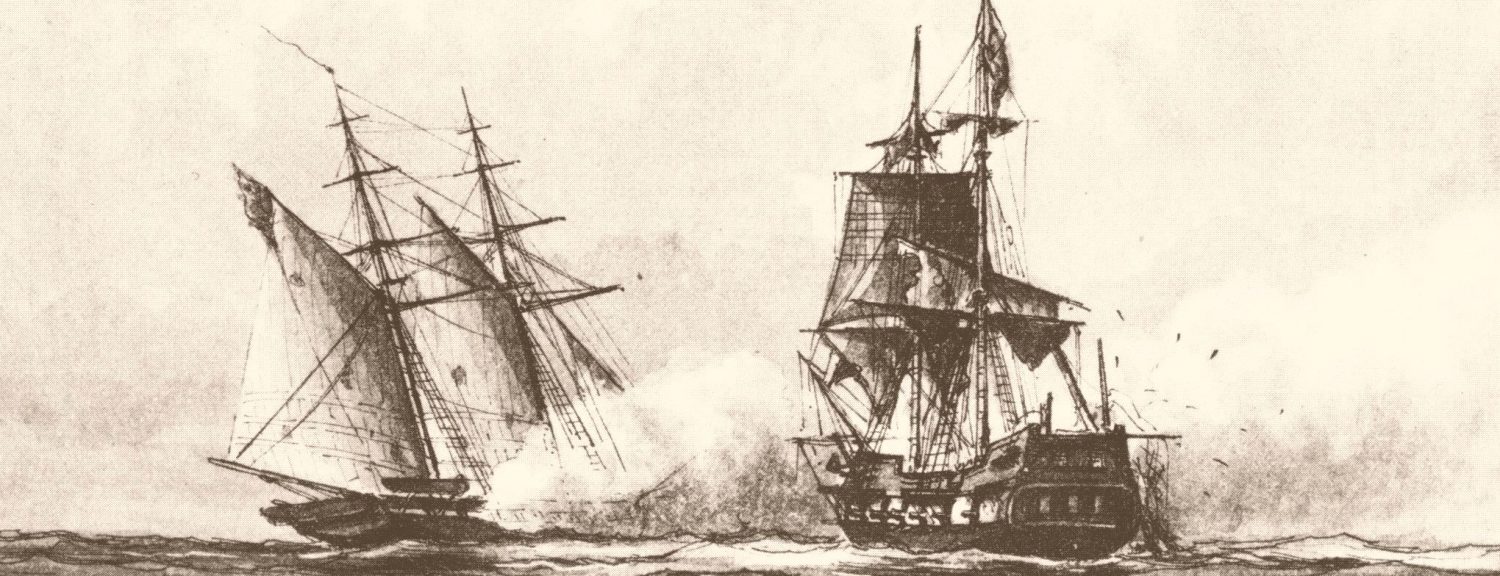Dunn, Stuart, and Mareike Schumacher. “Explaining Events to Computers: Critical Quantification, Multiplicity and Narratives in Cultural Heritage.” Digital Humanities Quarterly 010, no. 3 (July 12, 2016). http://digitalhumanities.org/dhq/vol/10/3/000262/000262.html
- Prior to the internet, nearly all of historical narrative took the form of text. This article discusses how web technologies have changed the way narrative events are formulated, described, connected, received and transmitted in humanities discourse; and explores how an “event” that is “meaningful” from a narrative point of view might be described as structured data, rather than in text. By comparing narrative models arising from factual and fictional text about crime in twentieth century Hamburg and the curated monumental and archaeological space of Hadrian’s Wall, the authors argue that web-readable data structures give humanists the means to look beyond text. Instead of following a single research hypothesis, or a “single authored” narrative, digital narratology can explore multiple research data, told in multiple voices from multiple sources. Through innovative research settings in collaborative work, re-usability of research data or citizen science projects often come up with more than one possible interpretation. Representations of events in traditional media are not as unilinear and univocal as they may appear at first glance. Individually experienced events are of equal value as culturally delivered events. In terms of methods ,the authors argue that an approach to events which includes multiple factors of eventfulness and tellability is fruitful for the analysis of single events in the context of all the others, and may bring us closer to the materiality of humanities discourse as evidence-based storytelling. Narrated or mediated events and historic events may be analysed with the same parameters. The storage of events in a database gives us the possibility to evaluate those, along different parameters derived from narratological theory. The DH workflow including several tools was fruitful but nevertheless found to be inconvenient for studies focusing on larger corpora. In terms of finding effective ways of automated event extraction this attempt therefore must be seen more or less as failed. The basic ideas of quantification and (semi-) automated extraction of data taken from Digital Humanities research led to first insights into general narrative techniques related to the representation of events. Aspects of storyline and event density could be discussed and related to different narrative genres. These very first hints on technical aspects of storytelling could lead to further digital humanities research on plot structures combining the computational with the narratological perspective.
Kornblith, Gary. “Making Sense of Numbers,” History Matters: The U.S. Survey Course on the Web, http://historymatters.gmu.edu/mse/numbers/, July 2002.
- An introduction to quantitative analysis for historians (both students and teachers). Although historians tend to prefer the nitty gritty of hard facts to speculation and generalizations, and therefore might be easily sucked into the perception of quantitative history – history that uses numeric data of things that can be counted – as “hard evidence.” However, numbers can be manipulated. Quantitative data do not speak for themselves, but with a little coaxing they can sometimes tell us things about the past that we cannot discover in “qualitative” kinds of evidence. The historian who hopes to use quantitative data must address two challenges: how to ask good questions of your data, and how to organize and read the data to answer these questions. This is a relatively new distinct approach, stemming from three trends. First, a growing interest in the experiences of ordinary people vs. “great white men” history. Second, the movement to establish history as a social science dedicated to the rigorous, consistent, and precise application of social theory and social scientific methods in the study of past human behavior. And third, the arrival of the personal computer.
Tilton, Lauren. Humanities Data in R: Exploring Networks, Geospatial Data, Images, and Tex. Quantitative Methods in the Humanities. Philadelphia: Springer International Publishers, 2015.
- An introduction to R, followed by how-to guides on getting started, and then on specific goals such as creating scatterplots, visualizations, natural language processing, text analysis, image data, networks, geospatial data, and how to download and use R packages.
